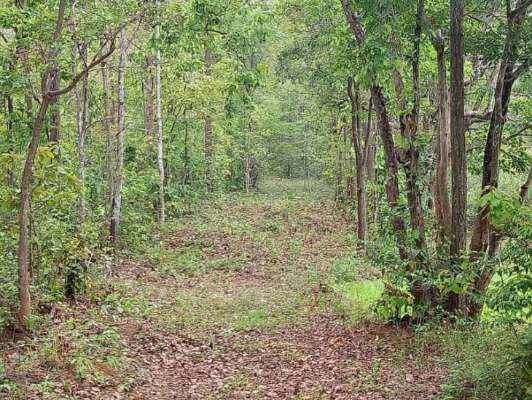New Delhi: Growth in forest cover of the state has not been very impressive as Odisha has witnessed an increase of 273.51 sq km green cover in 2019 as against 885 sq km in 2017.
According to the India State of Forest Report-2019 released by Union Environment, Forest and Climate Change Minister Prakash Javadekar, the forest cover in Odisha has increased to 51,618.51 sq km in 2019 – 33.15 per cent of Odisha’s geographical area – as against 51,343 sq km in 2017. The state also witnessed an increase in Mangrove cover by 8 sq km – from 243 sq km in 2017 to 251 sq km in 2019.
The report states that the main reasons behind the increase in forest cover in the state are plantation and conservation activities. The state also witnessed mild increase in dense forest cover as it increased from 6,967 sq km in 2017 to 6,969.71 sq km in 2019. Likewise, moderately dense forest cover has risen to 21,552 sq km from 21,370 sq km in 2017.
However, very dense mangrove cover has reduced from 82 sq km in 2017 to 80.45 sq km in 2019 while moderately dense mangrove cover has seen a meagre increase to 94.33 from 94 in 2017. The report also said that open mangrove cover stands at 75.86 sq km in the state. Of the five coastal districts, Kendrapara has recorded an increase of 4.5 per cent in mangrove cover followed by Bhadrak 2.87 per cent, Puri 0.15 per cent, Balasore 0.07 per cent and Jagatsinghpur 0.06 per cent.
The survey has assessed scattered trees, trees outside forests, through sampling method and stated that the tree cover has increased to 4,648 sq km – up by 655 sq km since 2017.
Among the districts, Nabarangpur witnessed the highest increase in forest cover of 43.75 sq km while Malkangiri has recorded a decline of 5.83 sq km.
The total carbon stock of forests in the state stands at 432.29 million tonnes which is 6.07 per cent of total forest carbon of the country.
Significantly, 2.82 per cent of total forest cover falls under extremely fire-prone category while 56.17 per cent of forest cover falls under less fire-prone category.
